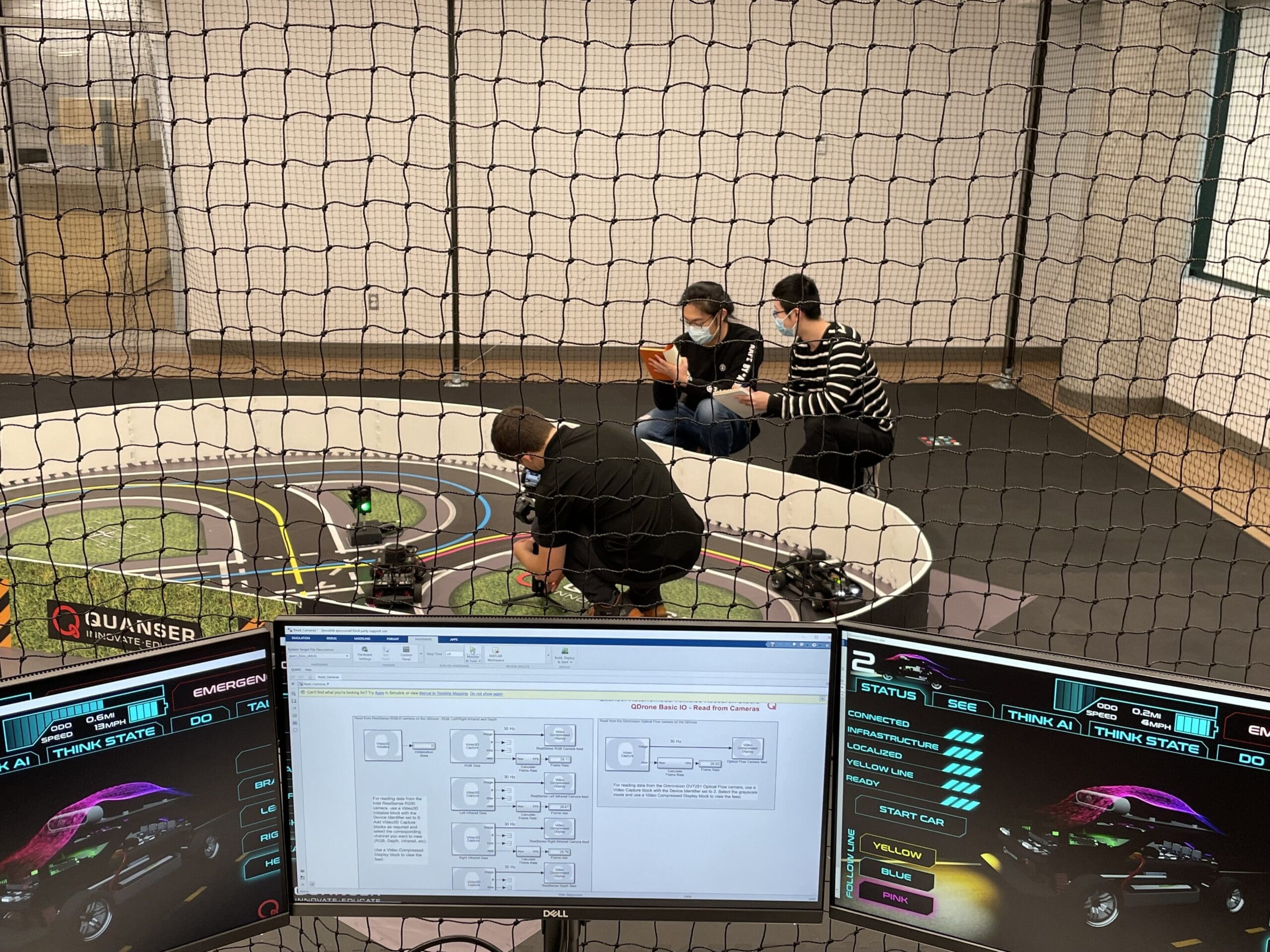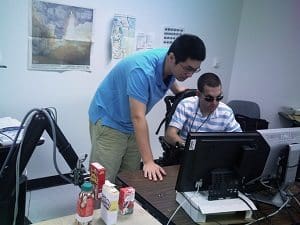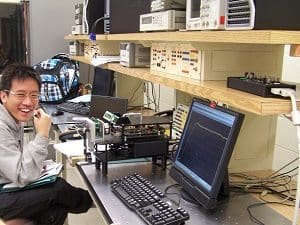
In today’s academic landscape, the drive for innovation and entrepreneurship is stronger than ever. Students are eager to turn their ideas into successful startups, reflecting a broader shift in universities towards nurturing both academic excellence and entrepreneurial spirit.
This shift is exemplified by Stanford University, which played a key role in the rise of Silicon Valley. Stanford’s integration of education, research, and entrepreneurship has made it a model for “third-generation universities.

Why Third-Generation Universities Matter?
These universities are at the heart of today’s innovation ecosystems. They not only foster startup culture and drive technological advancements but also play a crucial role in economic development through job creation and industry collaboration. By bridging the gap between academic research and practical industry applications, third-generation universities ensure that groundbreaking ideas make it from the lab to the marketplace.

Stanford University’s success and Silicon Valley’s growth highlight how third-generation universities drive innovation. These institutions play a key role in developing technologies like autonomous vehicles, robotics, and drones. Many successful startups begin in university labs, where research becomes commercial products.
Below is a table showcasing some of the successful startups that have emerged from university-driven initiatives:

These universities act as vital incubators, providing the platforms needed to launch AI-driven startups, preparing entrepreneurs to lead the next wave of innovation. As technology rapidly evolves, with increasingly interconnected domains, the critical question arises: What lab platform best supports this integration?
Challenge
Lab ecosystem connecting multiple disciplines
Dr. Burak Kantarci, Full Professor of Electrical Engineering and Computer Science, at the University of Ottawa, Canada tackled this challenge by establishing the Smart Connected Vehicles Innovation Centre (SCVIC) in Kanata North, Canada’s largest tech hub.
SCVIC was created to bridge the gap between university research and industry, fostering collaboration across multiple sectors. Situated within a tech park home to over 550 companies and 33,000 skilled workers, SCVIC brings together diverse fields like cybersecurity, telecommunications, robotics, AI, and supply chain management. Dr. Kantarci adopted a connected vehicle as the testbed to drive multidisciplinary collaboration, leveraging Quanser’s ecosystem, particularly the QCar, to propel innovation and research in partnership with tech companies.
Below, you’ll find detailed solutions using Quanser’s platform.
Solution
The Most Versatile AI-Driven Research Platform
Imagine having a ready-made lab ecosystem that drives innovation, research, and industry collaboration across multiple disciplines. Establishing such a lab demands expertise and collaboration—before, during, and after setup. At Quanser, with 35 years of experience, we’ve perfected this process. We partnered closely with Professor Burak Kantarci and his team, providing key support in securing funding, and consulting on setup and operations. This collaboration led to SCVIC being equipped with the Autonomous Vehicles Research Studio (AVRS) and the Self-Driving Car Studio (SDCS). The QCar, the centerpiece of SDCS, was especially pivotal due to its adaptability and wide range of applications, making it the cornerstone of innovation in SCVIC. Dr. Kantarci explained, “The connected vehicle serves as the ‘glue factor’ in our innovation center, uniting various industry domains. The QCar, in particular, is not just a self-driving vehicle; it is a versatile lab that spans disciplines from robotics, artificial intelligence, and machine learning to cybersecurity, telecommunications, software development, and embedded systems. The QCar allows us to integrate and apply AI across multiple disciplines. It provides the perfect testbed for the next generation of telecom research, AI-driven cybersecurity solutions, and robotics innovations.” This capability to integrate AI and apply it across different sectors was key to meeting SCVIC’s goal of fostering innovation through interdisciplinary collaboration.
 |
 |
Dr. Kantarci emphasized, “Quanser’s turnkey, integrated ecosystem—from digital twins for accurate simulation to open architecture hardware for real-world testing—provides us with a low-cost, low-risk, and controlled environment for our research. This infrastructure is critical for accelerating the Technology Readiness Level (TRL) of our projects, allowing us to quickly prototype and validate ideas before deploying them in more challenging, real-world scenarios.”
 |
 |
Figure 3 – Quanser vs Conventional Research Workflows: Accelerating Innovation and Prototyping
Result
The impact of Quanser’s support goes beyond just providing technology; it has been instrumental in securing competitive grants and advancing research. Dr. Kantarci noted, “The presence of Quanser as a collaborator, not just a supplier, has had a significant impact on our grant success. Their involvement in our projects, offering consultation and advice, helps our proposals stand out. This partnership provides experiential learning opportunities for our students and ensures that we are implementing the latest innovations in our research.”
Adopting the Quanser ecosystem has had a transformative impact across multiple aspects, including co-op and internship placements, innovative research outcomes, awards and recognition, as well as securing grants.

Conclusion:
In just three years, the SCVIC has become a successful hub, connecting academia with industry and fostering collaboration among corporations. This center’s impact on Kanata North will continue to grow, with the emergence of tech start-ups soon to follow. A key factor in SCVIC’s success is its powerful and versatile platform for industry-level rapid prototyping. At Quanser, driven by the demand for AI-ready solutions, we’ve reinvented the SDCS with greater versatility, 200x more computational power, enhanced vision, and superior maneuverability, offering the fastest, safest, and most cost-effective multidisciplinary lab.
To explore these advancements further, we invite you to join our upcoming webinar, where Peter Martin, Director of R&D, will provide an in-depth look at the QCar 2’s features and functionalities in building AI-driven and versatile research and prototyping platforms.



